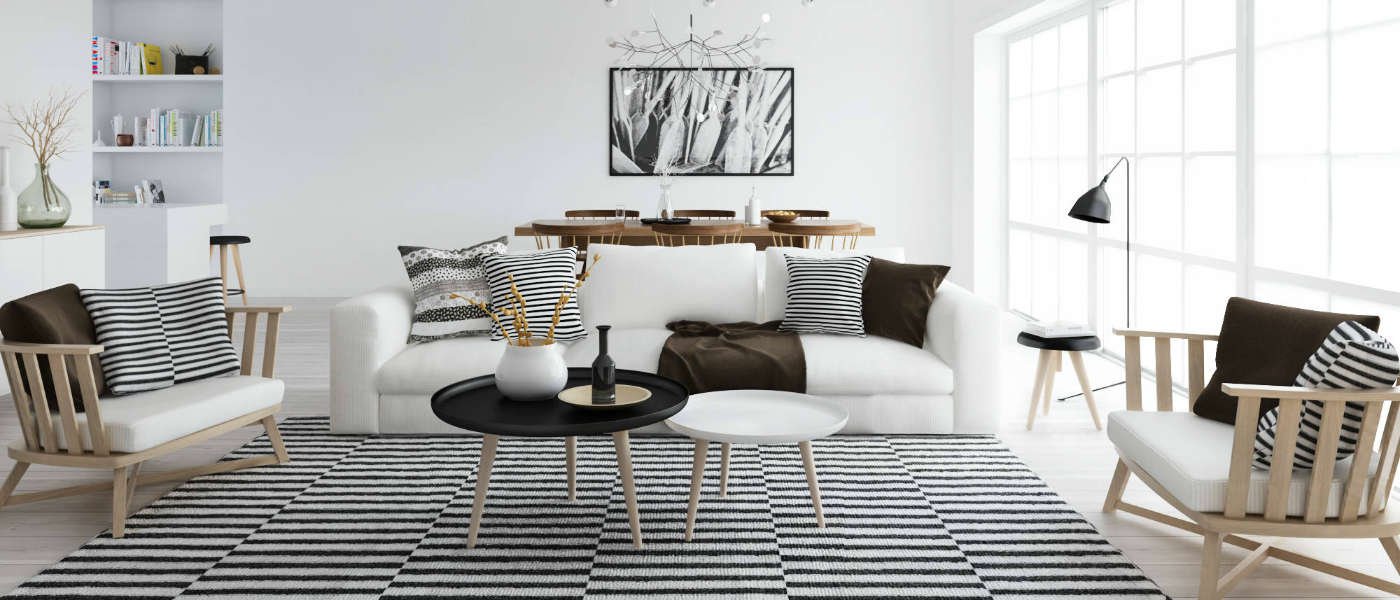Sustainable Construction – Will It Change the World of Construction for the Better?
At its very core, the industry of construction is among the biggest consumers of materials. At the same time, it also has more wastes produced compared to other sectors.
The importance and need for sustainable construction is now a hot topic because of the rising concerns about the finite nature of resources and the harsh effects of climate change. As a result, this only placed more pressure on construction companies as they are urged to do something to reduce their impact on the environment.
What’s Involved in Sustainable Construction?
Sustainable building is best described as the quest for buildings that offer the perfect balance among the following three main pillars:
- Environmental perspective
The industry of construction is responsible for around 50% of raw material consumption in the whole world. Lighting and heating of buildings also makes up 42% of the overall consumption of energy. Aside from that, the industry is a major waste producer as well. A sustainable build must consider all of these factors together with the land’s biodiversity. Efforts must be taken in the preservation of flora and fauna through constructing on land with the least environmental value.
- Economic perspective
The analysis of construction costs and arrangements must make it possible to know if a project is possible or not. For example, understanding the costs of the building throughout its lifecycle, the associated risks and the innovation possibilities allow for the renewal and conservation of the built environment. Back in the days, people tried reducing the initial costs of construction but fast forward to today and the goal is to strike a good balance.
- Social perspective
The thing about sustainable construction is that it doesn’t only stay within the bounds of ecological dimension. An average person spends most of their time in the buildings so there is no surprise that the modern quality of life also has something to do with the quality of the particular building where they are located. Acoustic comfort, thermal comfort, and air quality are crucial factors that must be taken into account during sustainable construction. Aside from the obvious fact that improperly designed buildings can negatively affect the health of the residents and users, these may also result to extremely expensive heating and maintenance costs.
The Environment Benefits from Innovative Techniques and Methods of Construction
Sustainable construction shares the big picture view of the way people’s choices affect not only the present but also the future. Green design is an inclusive approach to the selection and integration of materials and processes that can deliver long term satisfaction to consumers while helping in the conservation of the environment at the same time. The basic principles of sustainable construction include:
- Optimize the use of energy
- Optimize potential of the site
- Conserve and protect water
- Optimize use of materials and building space
- Improve IEQ or Indoor Environmental Quality
- Optimize maintenance and operational practices
With sustainable construction, the local environment will not only be improved because those who live and work inside these buildings can also look forward to a healthier lifestyle free of waste and pollution.

